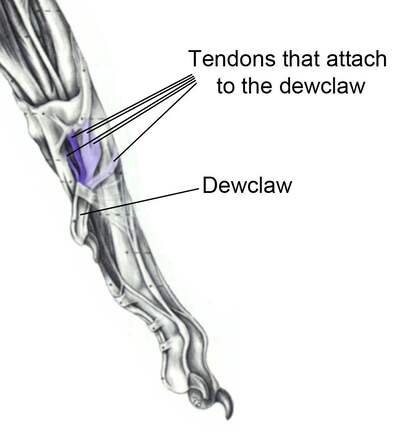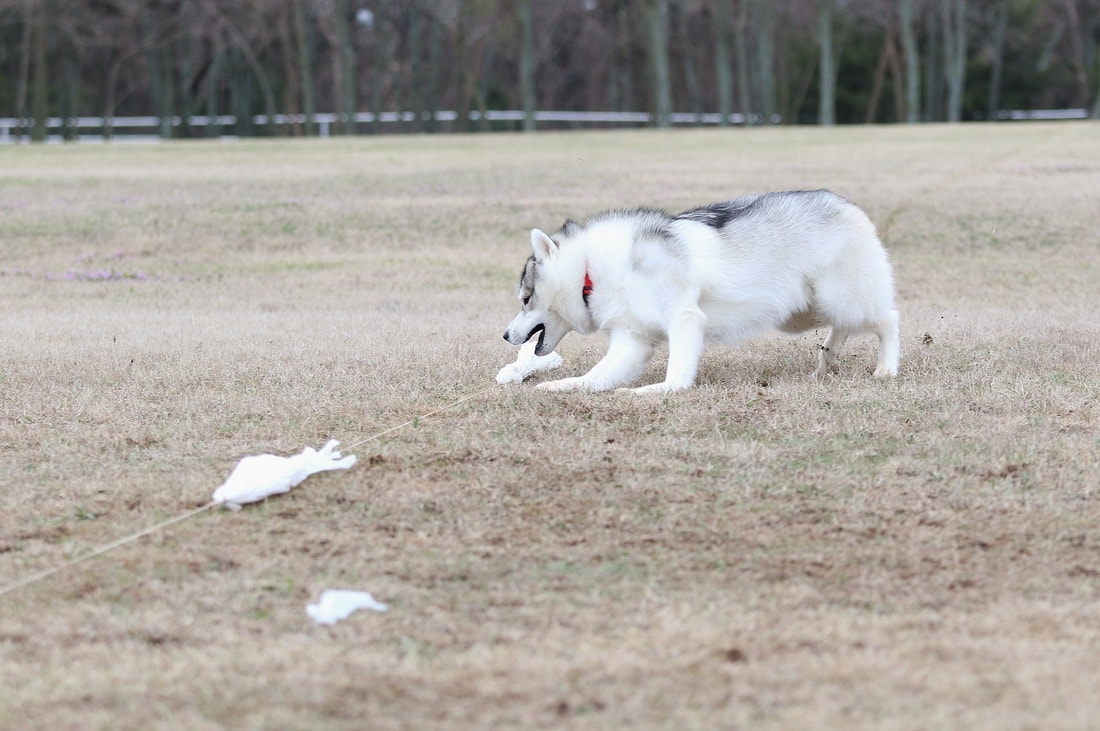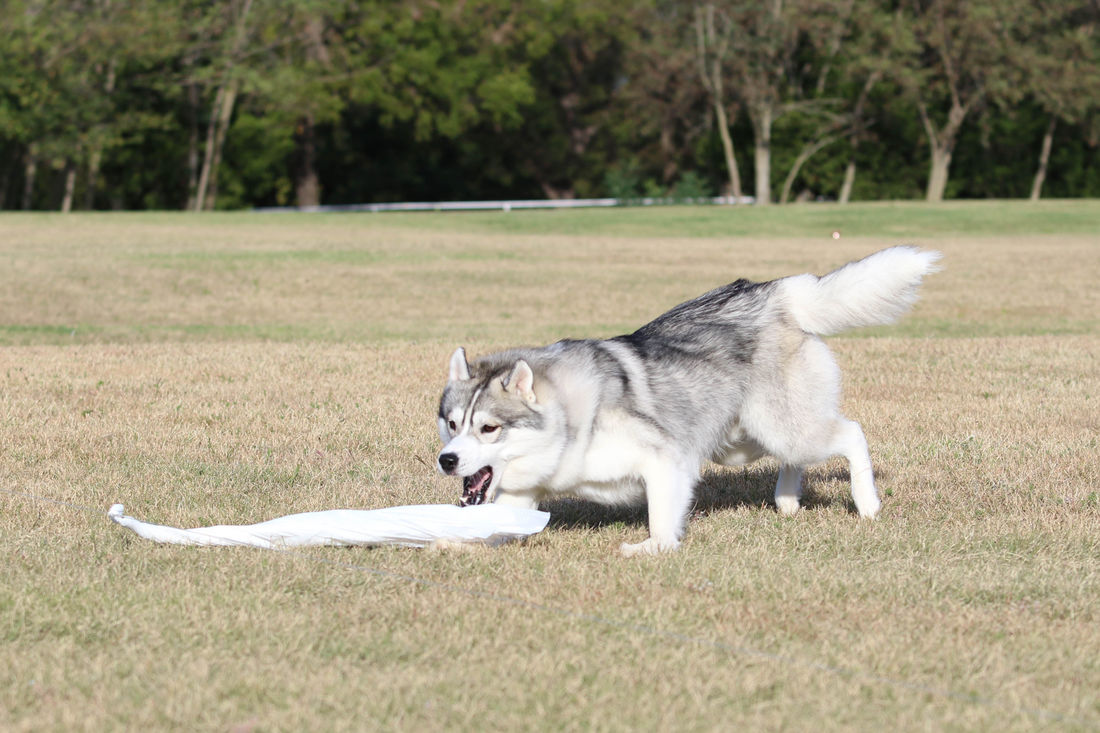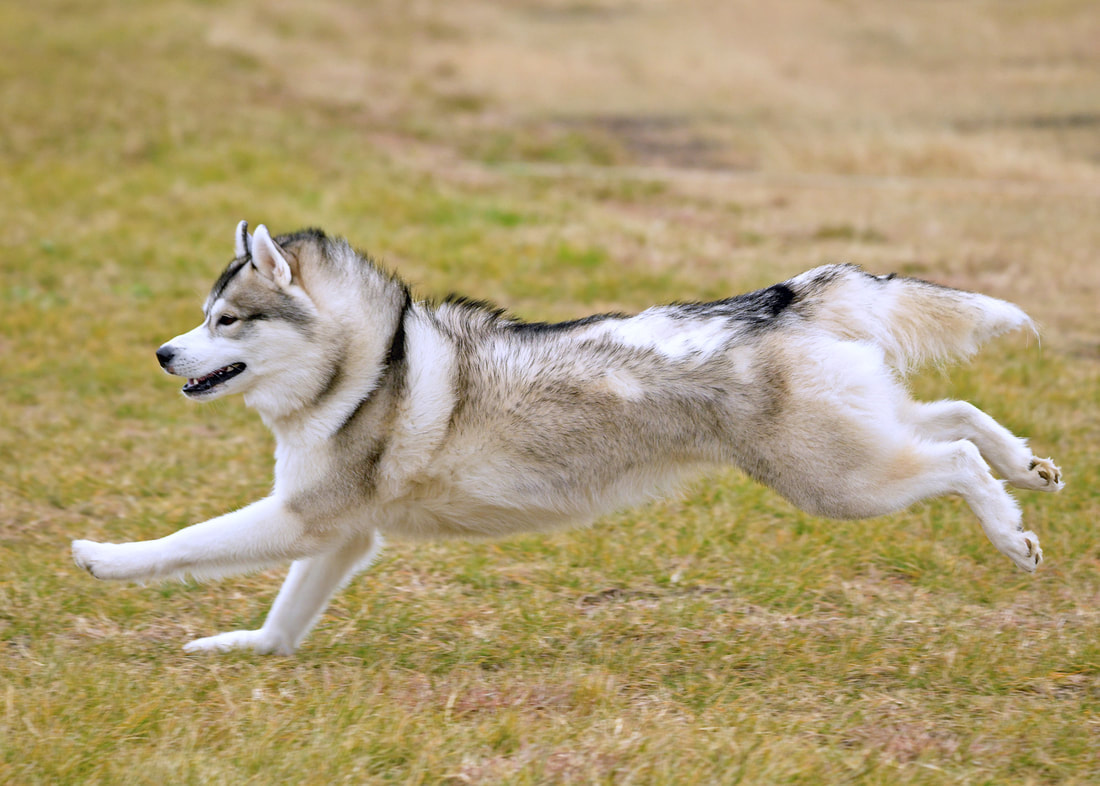What Are Dew Claws, And Why Are They Important?
(Written by Sandy Hudspeth)
A "dew claw" refers to the fifth digit on a dog's foot, set high on the wrist rather than being grouped together with the four toes on the paw. It functions as a primitive "thumb," allowing the dog better grip on "prey" such as bones and toys as well as providing grip and traction when the dog climbs, jumps, and runs.
All dogs are born with at least one set of dew claws, and some, particularly livestock guardians such as Anatolian Shepherds and Great Pyrenees, are even required to have a set of double-dewclaws on their rear legs in addition to those on their front legs per their breed standards.
Many breeders remove dew claws within days after pups are born, because for years they were believed to be unnecessary and unsightly and could cause health problems if owners forgot to trim them and allowed them to grow into the skin of the leg.
All dogs are born with at least one set of dew claws, and some, particularly livestock guardians such as Anatolian Shepherds and Great Pyrenees, are even required to have a set of double-dewclaws on their rear legs in addition to those on their front legs per their breed standards.
Many breeders remove dew claws within days after pups are born, because for years they were believed to be unnecessary and unsightly and could cause health problems if owners forgot to trim them and allowed them to grow into the skin of the leg.
|
However, we now know that the dew claw is attached to major muscles and tendons in the dog's leg, acting as a kind of shock absorber during physical activity.
According to Dr. Chris Zink, DVM, "Those muscles indicate that the dewclaws have a function. That function is to prevent torque on the leg. Each time the foot lands on the ground, particularly when the dog is cantering or galloping, the dewclaw is in touch with the ground. If the dog then needs to turn, the dewclaw digs into the ground to support the lower leg and prevent torque. If the dog doesn't have a dewclaw, the leg twists. A lifetime of that and the result can be carpal arthritis, or perhaps injuries to other joints, such as the elbow, shoulder and toes. Remember: the dog is doing the activity regardless, and the pressures on the leg have to go somewhere." (Zink, "Do The Dew(claws)? 2013) |
As a general rule, we do not remove our pups' dew claws. There is an occasional pup born with a set of rear dewclaws, which are not functional like the front ones and are not attached to any tendons, only a flap of skin. These will be removed. Otherwise, though, we believe it is best for a high-energy breed like this to leave them in place, and lower the risk of injury and arthritis throughout their lives.
We have regularly witnessed the use of dewclaws first hand in our own dogs, as Kodi, pictured below on the lure coursing field, demonstrates:
We have regularly witnessed the use of dewclaws first hand in our own dogs, as Kodi, pictured below on the lure coursing field, demonstrates:
For another great example, please watch this video of dogs hunting on ice with vs. without dew claws below:
Additional Articles:
"Dewclaws - Should We Remove Them?" by Sally Gift
"With A Flick of the Wrist" by Chris Zink, DVM
"Dewclaws - Should We Remove Them?" by Sally Gift
"With A Flick of the Wrist" by Chris Zink, DVM



